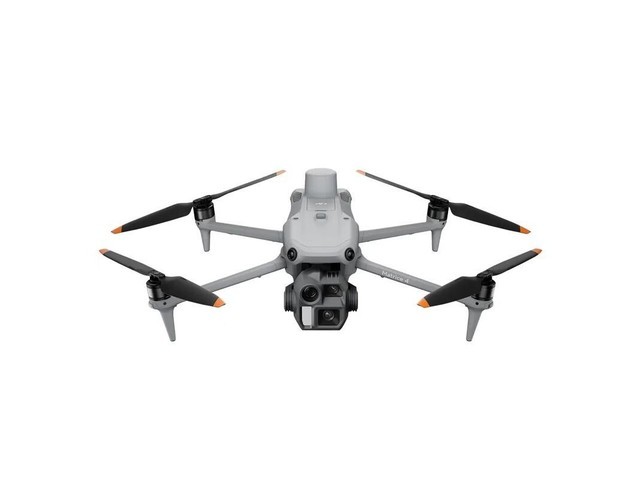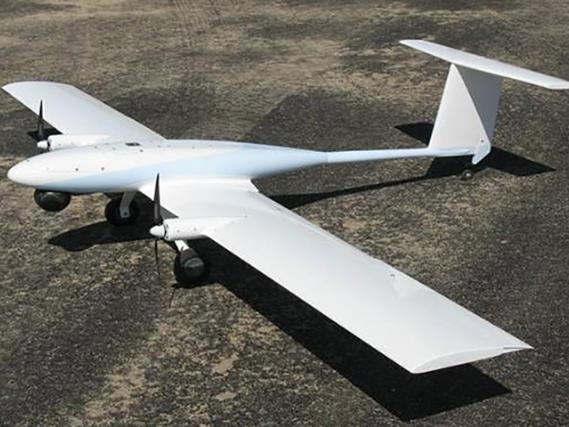In recent times, the burgeoning landscape of unmanned aerial vehicles (UAVs), commonly referred to as drones, has introduced significant strategic challenges, particularly highlighting the encounters between US fighter pilots and Iranian drones. As the skies become increasingly filled with these robotic aircraft, the dynamics of aerial warfare have evolved, necessitating adaptations by traditional fighter pilots.
US Fighter Pilots and UAV Skirmishes
The advent of Iranian drones in conflict zones brings both tactical and technological trials. US fighter pilots, trained to counter various airborne threats, now face drones with advanced surveillance capabilities, evasion techniques, and sometimes even weapon systems. These sophisticated machines change the nature of engagements from one of direct confrontation to intricate maneuvering and electronic warfare.
Iranian drones, equipped with state-of-the-art sensors and communication systems, provide unparalleled reconnaissance abilities. They can perform long-duration flights, hovering silently above enemy lines. For US pilots, establishing air superiority now involves countering an invisible yet present adversary, demanding updated strategies that prioritize stealth, speed, and electronic countermeasures. Emerging technologies in drones, such as swarming – where multiple drones coordinate to overwhelm defenses – pose unique risks. A new era of drone-assisted warfare is upon us, with nations like Iran deploying these assets to bolster their military operations.
Training Adaptations
In response, the US military has integrated extensive drone detection and neutralization training into its programs. Pilots now undergo simulations that enhance their ability to detect, track, and engage drones with precision. This shift highlights the importance of multi-domain operations, where air forces work collaboratively with cyber and space divisions to effectively manage drone threats.
Strategic Implications
These encounters underscore the necessity for continued investments in research and development of counter-drone technologies. The adaptability of fighter pilots plays a crucial role in maintaining aerial dominance amidst evolving threats from Iranian drones. As these UAVs grow more sophisticated, global military strategies pivot towards incorporating artificial intelligence to predict and mitigate threats, preparing for scenarios where human-machine teams become the norm.
Drone Countermeasures
 One such measure involves the deployment of Directed Energy Weapons (DEWs), which use focused energy beams to disable drone electronics without collateral damage. Additionally, advancements in radar systems have enabled quicker identification and tracking, allowing US pilots to devise tactical responses in real-time. Geography plays its part too; operations in mountainous or urban landscapes necessitate different approaches compared to open terrains.
One such measure involves the deployment of Directed Energy Weapons (DEWs), which use focused energy beams to disable drone electronics without collateral damage. Additionally, advancements in radar systems have enabled quicker identification and tracking, allowing US pilots to devise tactical responses in real-time. Geography plays its part too; operations in mountainous or urban landscapes necessitate different approaches compared to open terrains.
- Coordination with Intelligence
- Use of Cyber Capabilities
- Development of Interception Techniques
 Furthermore, close coordination with intelligence units ensures updated threat assessments, while utilizing cyber capabilities disrupts drone communications. Interception techniques leveraging newer platforms like F-35s equipped with advanced avionics are vital in setting defensive perimeters.
Furthermore, close coordination with intelligence units ensures updated threat assessments, while utilizing cyber capabilities disrupts drone communications. Interception techniques leveraging newer platforms like F-35s equipped with advanced avionics are vital in setting defensive perimeters.
The Future of Drone Warfare
As the defense sector anticipates drone advancements, integrating artificial intelligence to enhance detection and decision-making processes will be the cornerstone of future warfare. Pilots will increasingly rely on data-driven insights to prioritize targets and manage vast airspaces filled with autonomous vehicles.FAQ
How do US fighter pilots identify Iranian drones?
Pilots utilize enhanced radar systems and electronic intelligence to detect drones, focusing on their unique signatures such as flight patterns and communication signals.
What measures are in place to counter drone swarms?
Counter-drone strategies include deploying interference technologies and DEWs, along with collaboration across military divisions to implement a holistic defense approach.
Are drones changing the role of traditional fighter pilots?
Absolutely. While the fundamental skills remain, pilots are now trained in electronic warfare, focusing on real-time data analysis and decision-making to combat aerial threats effectively.